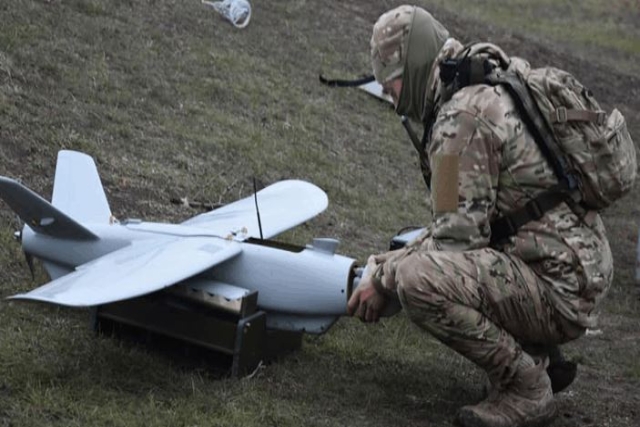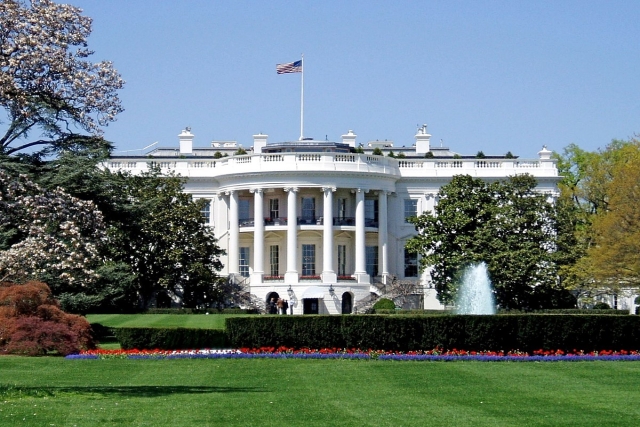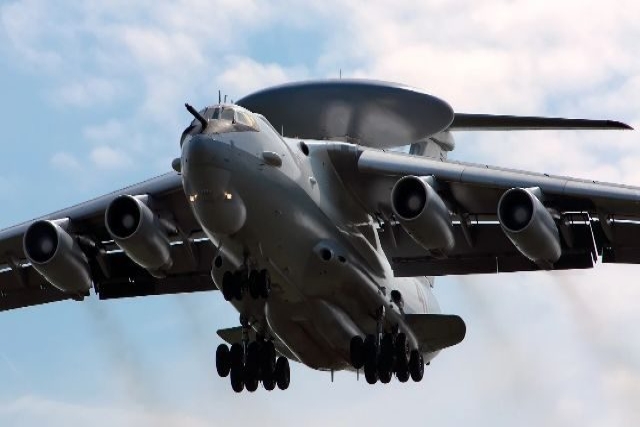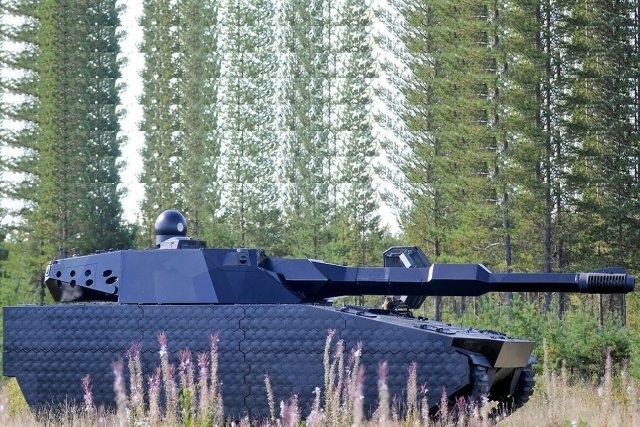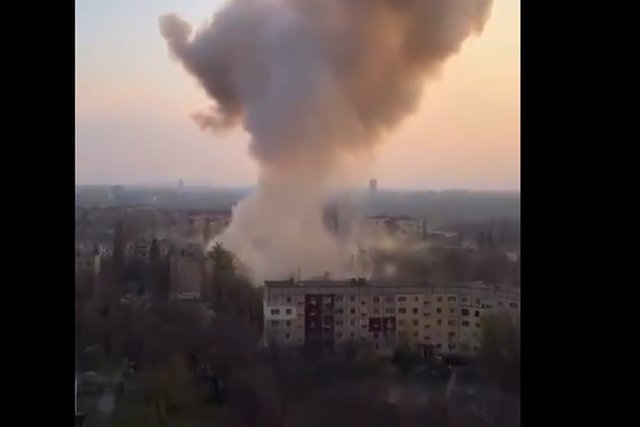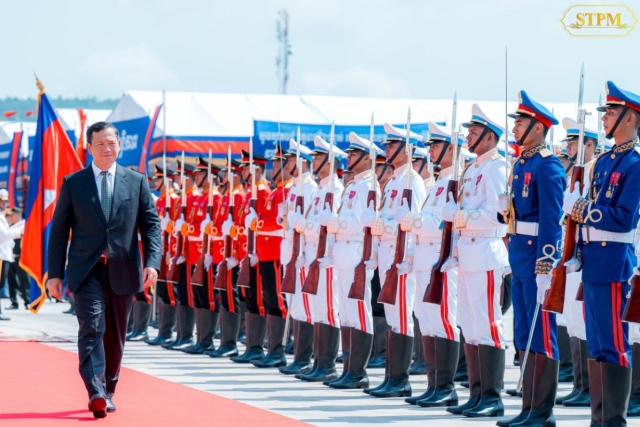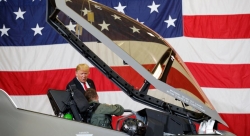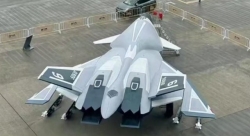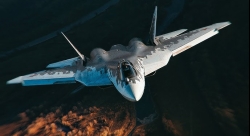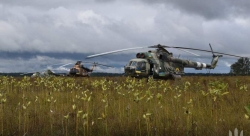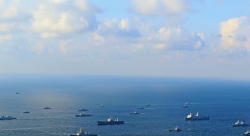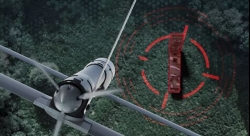U.K. Says Eurofighter Typhoons Off the Table for Ukraine
U.K. to focus on pilot training as Denmark, Netherlands supply F-16 fighter jets to Kyiv.
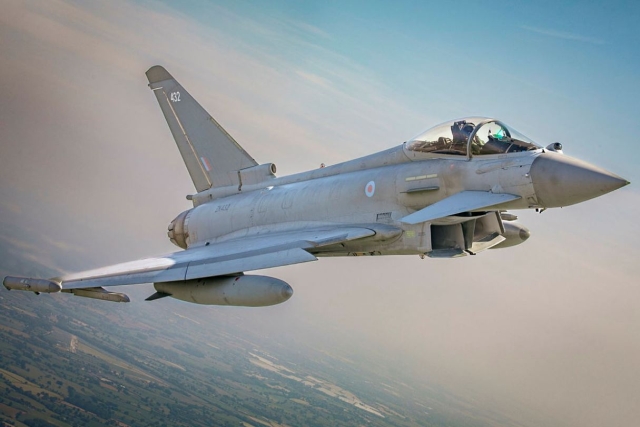
Britain will support the delivery of F-16 fighter jets to Ukraine instead of providing its older Typhoon aircraft, Armed Forces Minister Luke Pollard said.
Pollard confirmed that the Ministry of Defence (MOD) had assessed the option of sending Tranche 1 Typhoons but chose to focus on training Ukrainian pilots and ground crews. This decision followed discussions with the Ukrainian government.
“Twenty-four Ukrainian pilots have graduated from intensive fast jet lead-in training under the guidance of Royal Air Force instructors,” Pollard said, adding that he attended the graduation last year.
The U.K. decision aligns with the 2023 move by Denmark and the Netherlands to supply 61 F-16 jets to Ukraine, a number Pollard described as "significantly greater" than the available RAF Typhoons.
The debate over supplying Typhoons was raised by Conservative MP Mark Francois, who asked whether the older aircraft could be repurposed for Ukraine.
The announcement comes amid ongoing discussions about establishing an air protection zone over western Ukraine, known as "Sky Shield." The proposal, first introduced in 2022, would involve fighter jets patrolling Ukrainian airspace. A former Royal Air Force commander recently suggested revisiting the plan after former U.S. President Donald Trump withdrew military aid to Kyiv.
The U.K. had previously deployed Typhoons over Ukraine during the 2021 Cossack Mace exercise. According to The Times, Britain is also considering using Typhoon jets to monitor Ukraine's airspace, similar to NATO's Baltic air patrols. If approved, the aircraft would operate from Polish airbases near the Ukrainian border.
Discussions on the potential air patrol mission are ongoing, and no final decision has been made.
If Eurofighter Typhoon aircraft become too old or unfit for operations, the U.K. may extract components and convert them into 3D-printable materials for the upcoming sixth-generation Tempest fighter jet, similar to its approach with the Eurofighter Tornado. As part of the Tornado 2 Tempest project, parts from decommissioned Tornado jets were ground into powdered metal and repurposed for additive manufacturing. The recycling effort focuses on high-value strategic metals, including titanium, aluminium, and steel, commonly found in Ministry of Defence surplus assets.
